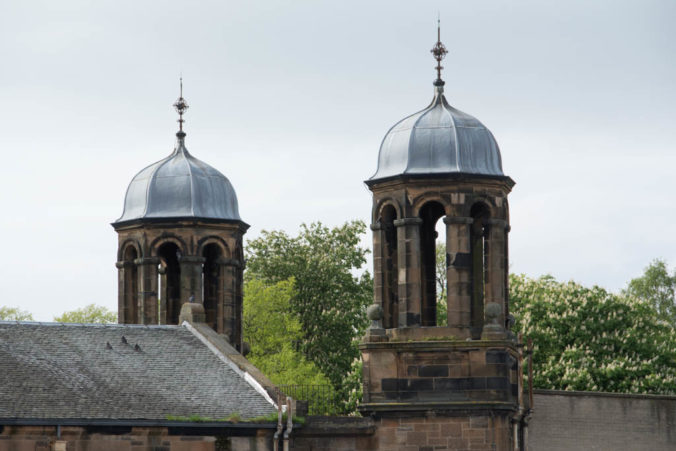From the North British Daily Mail – Tuesday 27 February 1877
POLLOKSHIELDS. BUILDING NOTES. On the east side of Shields Road, outside of the burgh boundary, the whole extensive area of ground from St Andrew’s Street to Nithsdale Road, and from Shields Road to Darnley Street has been laid out in well-formed streets, and building is going rapidly on; numerous blocks are about to be erected, the excavations for a number being made, and others approaching completion. The whole are three storeys in height. In contradistinction to the burgh, these are all named streets, but are simply continuations of the burgh roads. A large portion of the ground in the west is an integral part of Pollokshields – that to the east, including the Victoria Gardens, several saw-mills, &c., being in the city of Glasgow, the curling pond and a portion only of St Andrew’s Street, Princes Street, and Maxwell Street. in Pollokshields. Albert Street, Leslie Street, Melville Street, and Leven Street, to the south of these, and extending to the Nithsdale Road, are also in the Shields, but not in the burgh. The sites nearest the Nithsdale Road have been already largely built on, long rows of splendid houses lining the streets, each with their flower plots and railings in front, and rich in architectural beauty. At the east end of Rosslyn Terrace there is an open space, triangular in form with walks inside, and tastefully ornamented with shrubbery, flowers, &c. Intersecting streets throughout the whole are also being formed, the principal one being Kenmure Street, a wide open thoroughfare running north and south. Two spacious and handsome iron bridges over the Junction Railway have both lately completed, but only one is as yet opened, leading in a direct line from the furthest west of Pollokshields burgh by Albert Road and Albert and Princes Streets, to the Kilmarnock Road. The opening of this latter street has again doomed the splendid Victoria Gardens and Kingston Bowling Green, it going right through their centre, and they will have to migrate just when getting into beauty and order. It is expected that by one or other of the bridges the Tramway Company will in a year or so give the rapidly incensing population of the Shields the benefits of their system, a connection being easily made with the head of Eglington Street. The old and narrow stone bridge over the railway at the corner of Darnley Street and Nithsdale Road is being replaced by a wide iron one. This portion of the Shields is at present looked after by a committee of the householders, but it is more than likely that an amalgamation with the newly formed burgh may take place before long. Shops are allowed in the district, but the only places in width they have as yet been opened is St Andrew’s Street and a small adjacent part of Shields Road. They are mostly marts of household necessities, and only one wine and spirit shop was lately opened there. … Along Shields Road, from St Andrew’s Street to Nithsdale Road, a range of elegant houses two and three storeys in height, line the east side, each with its iron railings and flowers in front; those fronting Ayton Read, being flat-roofed, have a spacious promenade on top, from which a beautiful view is obtained of the surrounding country. The whole of the district … half-a-dozen years ago was in well-managed farms, with hedge-rows and trees dividing the fields and having narrow ill-kept country roads …
Image from The Glasgow Story





Recent Comments